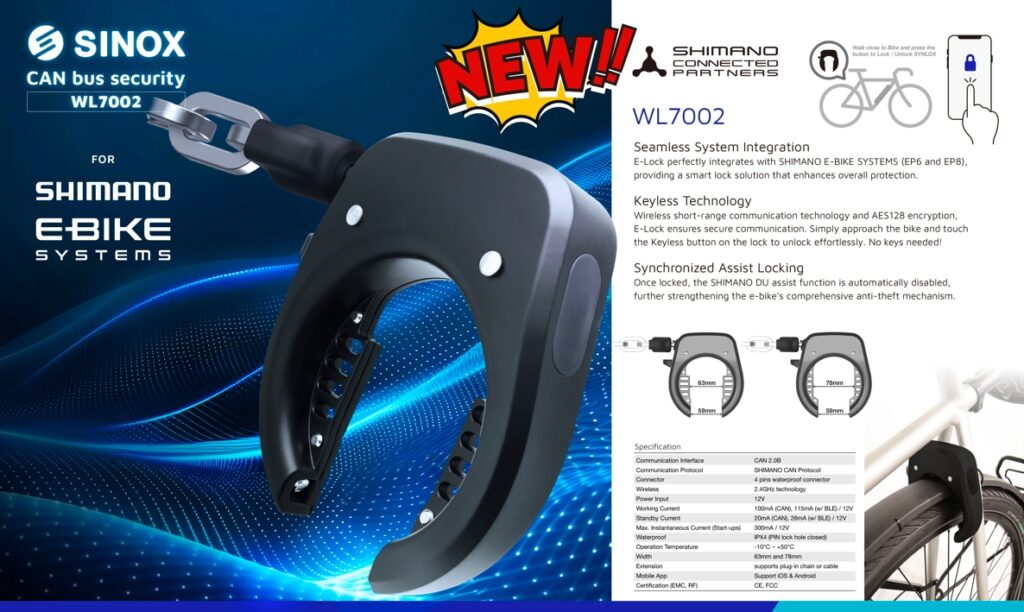Introduction
The chuck industry, particularly focusing
on 2-jaw, 3-jaw, and 4-jaw chucks, is an essential segment in precision
machining and metalworking. These components are crucial in various industrial
applications, including automotive, aerospace, and manufacturing. This report
provides a comprehensive analysis of the current trends, market dynamics, and
future prospects of the chuck industry, emphasizing the differences and
applications of 2-jaw, 3-jaw, and 4-jaw chucks.
Market Overview
The global market for chucks is witnessing
significant growth, driven by the increasing demand for precision machining and
automation. The market is segmented into various types based on the number of
jaws, including 2-jaw, 3-jaw, and 4-jaw chucks, each serving distinct purposes
and industries. The overall chuck market is projected to grow at a compound
annual growth rate (CAGR) of 5.5% from 2018 to 2030 (Industry Growth Insights).
2-Jaw Chucks
Applications and Advantages
2-jaw chucks are primarily used for holding
non-circular and awkwardly shaped workpieces, making them indispensable in
industries like automotive manufacturing, aerospace, and heavy machinery
production. They are particularly advantageous for clamping irregular engine
parts, gears, or housings in the automotive sector and handling asymmetrical
components in aerospace (Yunwu Chuck).
Innovations and Trends
Modern 2-jaw chucks have evolved
significantly, incorporating advanced features such as quick-change jaws,
integrated lubrication systems, and enhanced safety elements. These innovations
have expanded their application possibilities and improved both efficiency and
precision (LMJXKJ). Additionally, smart chucks with
sensors for real-time monitoring of clamping force and jaw position are
becoming more prevalent, enabling integration with CNC and Industry 4.0 systems
(Yunwu Chuck).
3-Jaw Chucks
Applications and Advantages
3-jaw chucks are widely used for machining
round workpieces due to their simplicity and convenience. They feature three
independently moving jaws that self-center and securely grip cylindrical
workpieces. This makes them ideal for tasks requiring quick setup and high
efficiency, such as turning round bars and machining pipes (Gator Lathe Chucks).
Market Dynamics
The 3-jaw chuck market is driven by the
demand for high centering precision and quick setup times, particularly in mass
production environments. However, they are less suitable for irregularly shaped
workpieces, which limits their versatility compared to 4-jaw chucks (Sage-Advices).
4-Jaw Chucks
Applications and Advantages
4-jaw chucks are known for their
versatility and ability to handle various shapes of workpieces, including
irregularly shaped ones. Each jaw can be adjusted independently, making them
suitable for high-precision machining that requires accurate centering. Common
applications include machining square or rectangular workpieces and gripping
irregularly shaped parts (Source Products).
Industry Trends
The 4-jaw chuck market is poised for substantial
growth, driven by the increasing demand for precision machining and
advancements in manufacturing technologies. The automotive and aerospace
industries are significant consumers of 4-jaw chucks due to their need for
precision and flexibility in machining operations. The surge in electric
vehicle production and the adoption of new materials in automotive
manufacturing are further driving the demand for advanced 4-jaw chucks (DataIntelo).
Continue reading →








